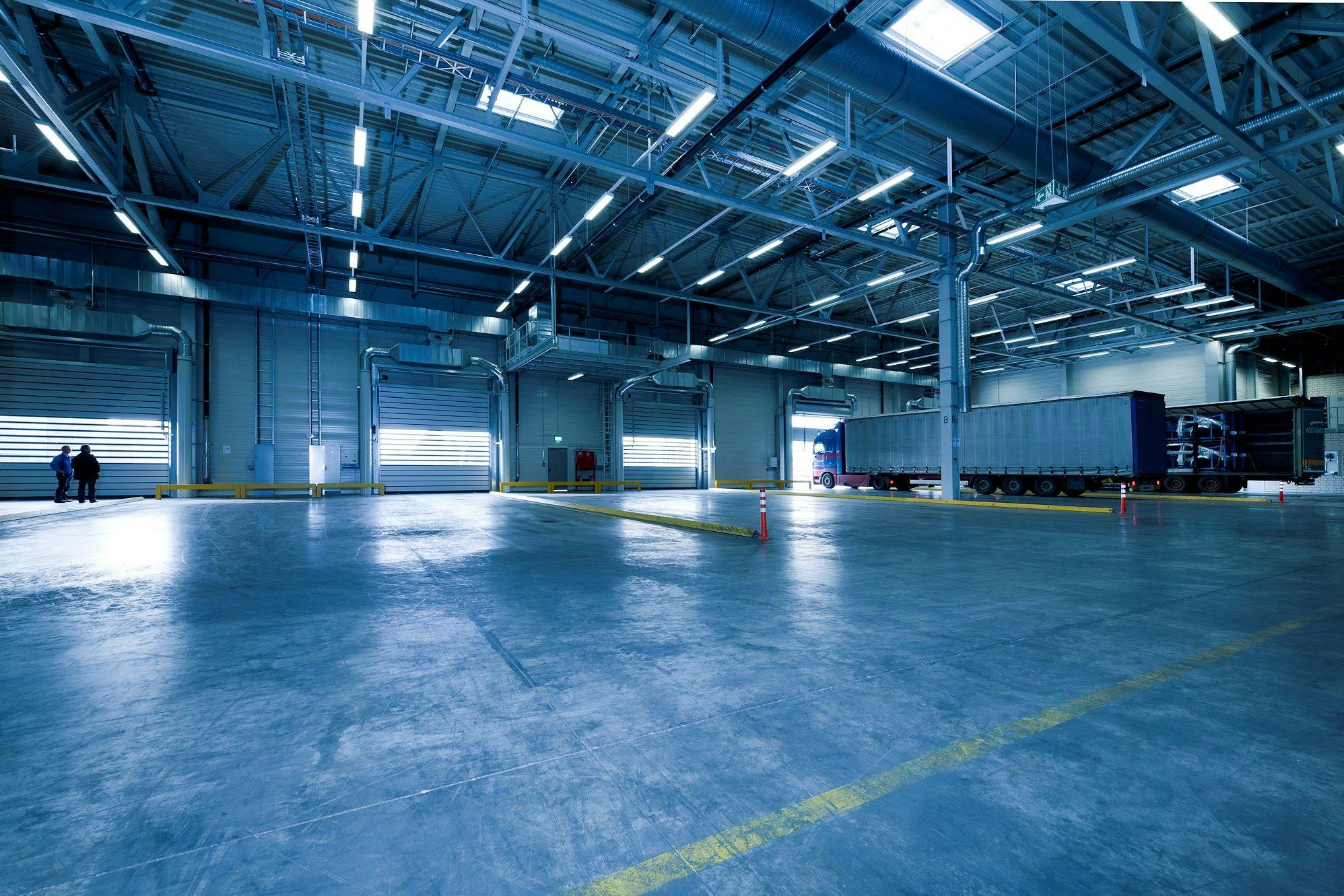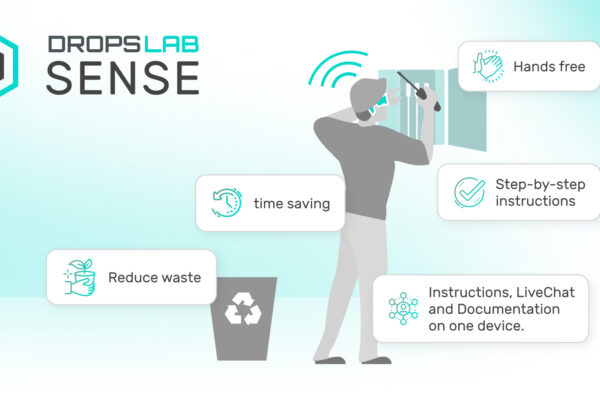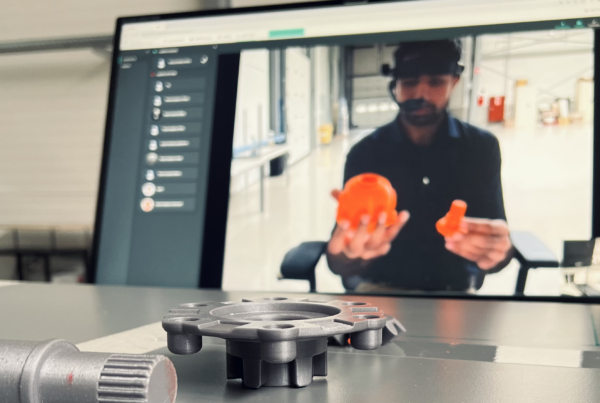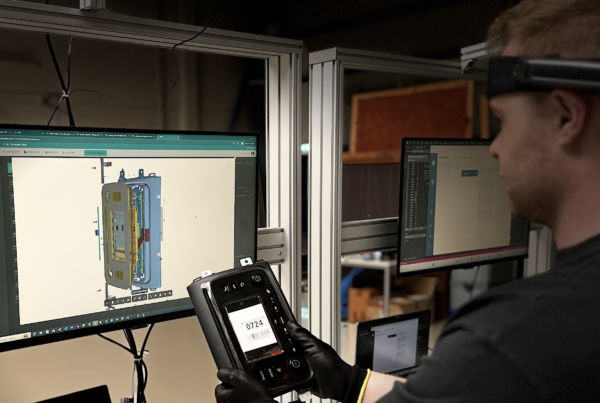Introduction
Line clearance is an important step in manufacturing as it ensures that work areas, equipment, and production lines are free from previous documents, contaminations, and materials. This process improves efficiency, prevents mislabeling and cross-contaminations, and ensures that all industrial regulations are being followed. Industries such as pharmaceuticals, food and beverage, electronics, and more depend on this procedure. In this blog by Dropslab, we will learn about its importance, the steps involved, and strategies that manufacturers can adopt to improve their efficiencies and regulatory compliance on the shop floor.
How to Perform Line Clearance
There are three key phases in a perfectly structured line clearance process, discussed below:
1. Clearing
The first step involves the physical removal of any items left from the previous process that are not required for the next production cycle. This includes unused raw materials, packaging materials, labels, and documentation. By clearing the workspace thoroughly, the risk of cross-contamination and misidentification of products is significantly reduced.
2. Cleaning
Once the work area is cleared, all equipment and surfaces are cleaned and disinfected. The extent of cleaning depends on whether the line clearance is occurring between batches of the same product or during a product changeover. Cleaning protocols should be followed strictly so that there are no remains, debris, or contamination in the production line.
3. Checking
To check that all the cleaning processes have been properly performed, a quality control manager or supervisor inspects the production line. Additionally, these checks can also include recalibrating scales, verifying the accurate environmental conditions, and confirming equipment settings. Once the inspection is completed, the details about the clearance process are recorded with the date, and time and are authorised by the responsible person.
Line Clearance for Manufacturers
Line clearance just not only keeps your production lines clean but it is a regulatory requirement by many industries. Following industrial standards and Good Manufacturing Practices (GMP) allows manufacturers to maintain quality, protection, and efficiency.
Regulatory Compliance
Industries have to follow strict cleaning and line clearance protocols that are provided by regulatory bodies such as the Food and Drug Administration (FDA) and the European Medicines Agency (EMA). The FDA Code of Federal Regulations (Title 21) states that manufacturing facilities must have documented procedures for cleaning and maintaining equipment to avoid uncleanliness and ensure product integrity.
If the line clearance is not performed properly it can lead to:
- Product recalls
- Regulatory fines
- Production delays
- Compromised consumer safety
Quality Assurance
Line clearance is imperative when it comes to quality assurance as it prevents mix-ups between different products, batches, or formulations. It ensures that everything in the supply chain is accurate such as it ensures that the required raw materials and components are being used in production. This in turn helps in maintaining consistency and reliability.
Operational Efficiency
A simplified line clearance process minimises downtime between different production runs. Efficient clearance procedures enable manufacturing teams to shift from one batch to the other without any delays and it allows them to quickly shift the production line to another product if required. It maximises productivity and reduces the bottlenecks in production schedules, allowing the industry to be more efficient and the operations to become safer.
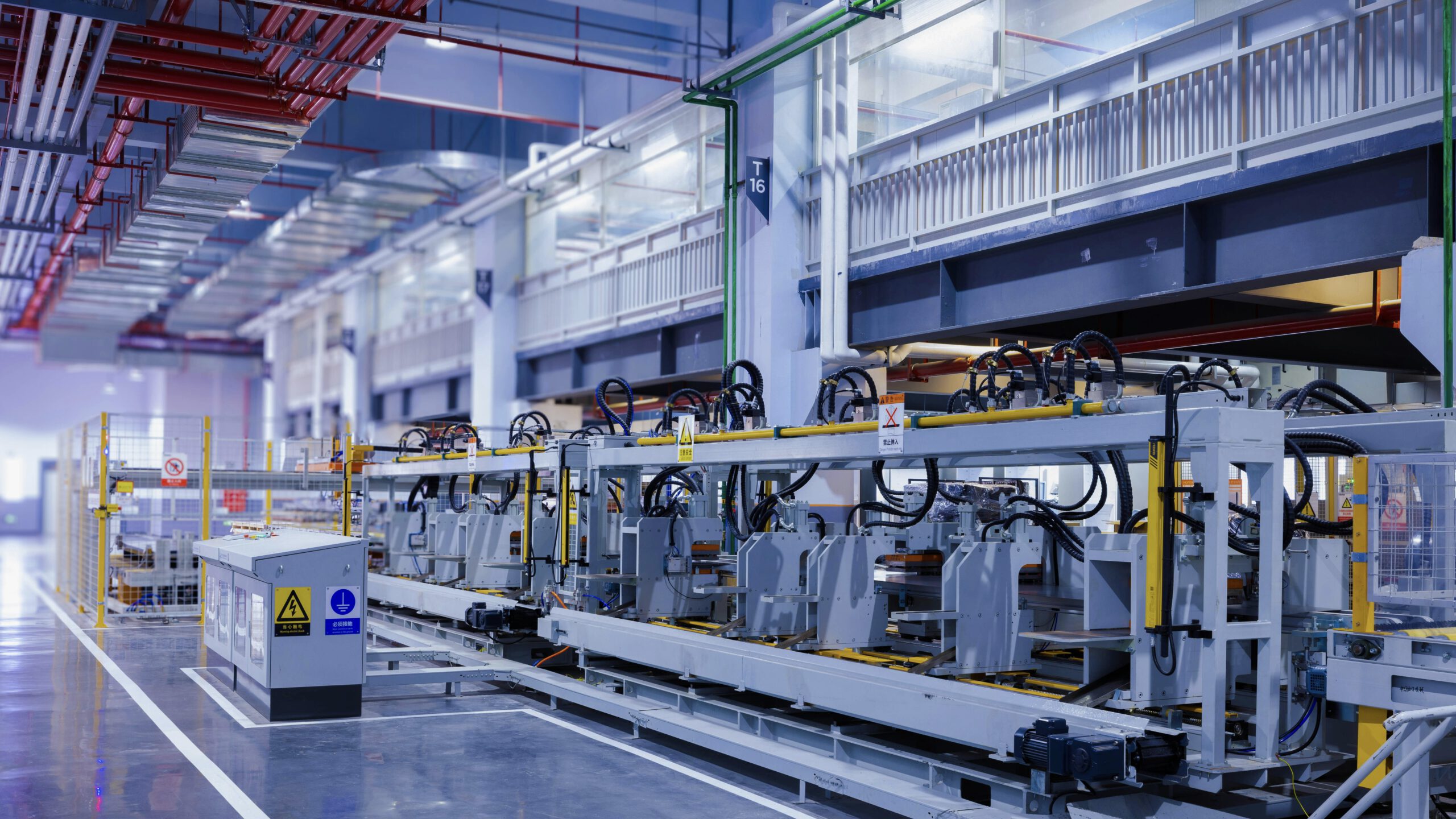
Top 3 Challenges in Line Clearance
Even though line clearance is quite important for industries and manufacturers, it still comes with several challenges, especially when it comes to performing line clearance. These challenges decrease the efficiency of line clearance and include:
1. Human Error
Manual line clearance procedures are likely to have human error, especially when manufacturers are relying on paper-based checklists. A missed step in clearing or cleaning can result in costly product defects or regulatory violations which can disrupt the whole production line.
2. Time-Consuming Processes
Traditional line clearance methods can be time-consuming. Studies have shown that many pharmaceutical manufacturers experience line clearance errors at least once a year, with most line clearance processes taking over an hour to complete. Long clearance times slow down production and reduce overall efficiency.
3. Inconsistent Documentation
Proper record-keeping is important for compliance, but handwritten logs and paper checklists can be difficult to track and store. Thus, records are usually incomplete or illegible which can create compliance risks during audits.
Best Practices for Improving Line Clearance
To overcome the challenges that occur in line clearance, manufacturers can implement the following practices, which include:
1. Standardized Checklists
Using a standard checklist can allow manufacturers to ensure that all the necessary steps are being performed without any errors in the line clearance checks. To further improve, digital checklists can be used which provide better tracking and reduce the risk of errors in the production line.
2. Real-Time Monitoring and Alerts
Applying tracking and monitoring systems that keep an eye on the progress in real time can help in identifying the delays in the production line. These alerts and monitoring systems can ensure the timely completion of line clearance tasks and keep everyone up-to-date with the ongoing process.
3. Training and Certification Programs
By providing regular training to employees, manufacturers can make sure that each of their workers knows the importance of line clearance and follows all the regulatory protocols accurately. Certification programs can be taught which can implement best practices and allow the manufacturers to teach all their workers the same process so it can decrease the variability in the execution of the process.
4. Digital Record-Keeping
Digitalisation makes everything simpler and replacing paper-based logs with digital record-keeping can improve accuracy and help in making audits straightforward and easier. This can improve line clearance as electronic records are easier to store, retrieve, and analyse so if there is any issue in the line clearance, it can be easily identified without going through a bundle of papers.
5. Automation and Smart Technologies
To improve line clearance efficiency and to decrease bottlenecks in the production line, there are many advanced manufacturing techniques and technologies. The manufacturers are now including smart technologies and automation in their processes like barcode scanning, real-time data recording, and machine vision.
Conclusion
Line clearance is important for quality control in manufacturing so that the production line can stay free from different materials, contaminants, and documentation from the preceding operations. By following a structured line clearance process manufacturers can ensure the safety and quality of the production line. The traditional methods for line clearing were time-consuming and prone to errors, however considering this, companies like Droplsab help manufacturers monitor and track their operations in real-time. This further improves the reliability and effectiveness of line clearance processes.
FAQs
1. What is the purpose of line clearance in manufacturing?
It ensures that all materials from a previous process are removed, equipment is cleaned, and the production area is prepared for the next batch or product. This prevents cross-contamination, mislabeling, and regulatory non-compliance.
2. Which industries require line clearance procedures?
Industries such as pharmaceuticals, food and beverage, medical devices, and electronics manufacturing require it. These are the industries where quality control and regulatory compliance are critical.
3. How often should line clearance be performed?
It should be performed before starting a new production batch, after maintenance activities, during product changeovers, and whenever there is a risk of cross-contamination.
